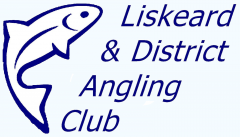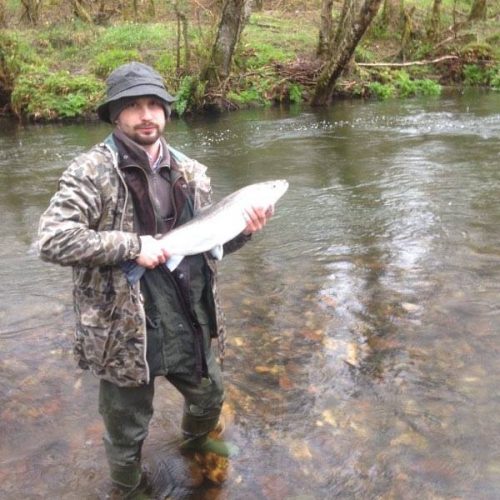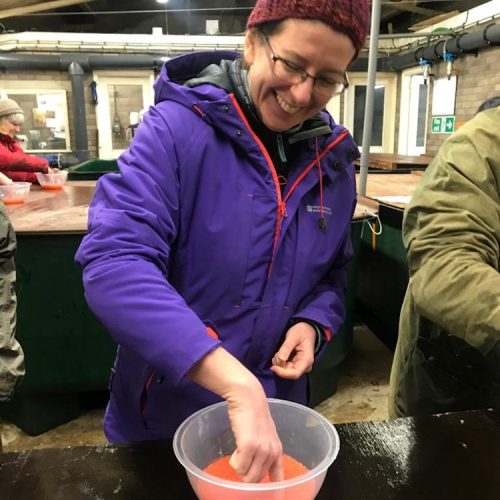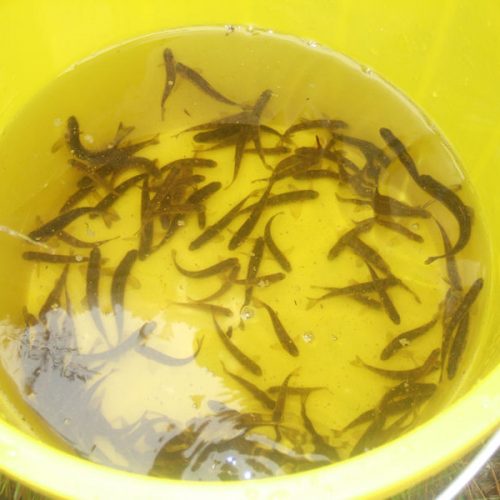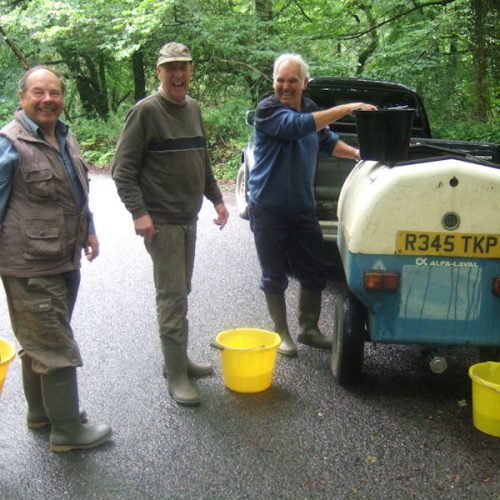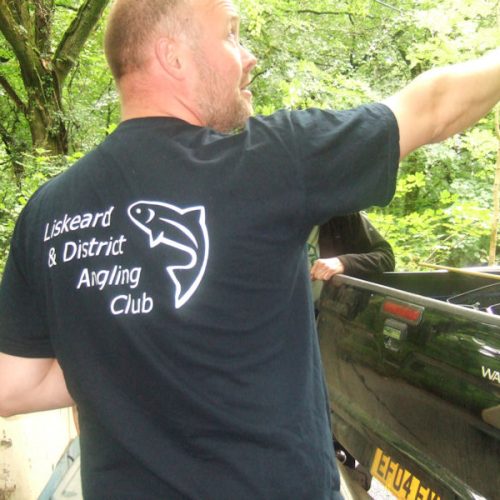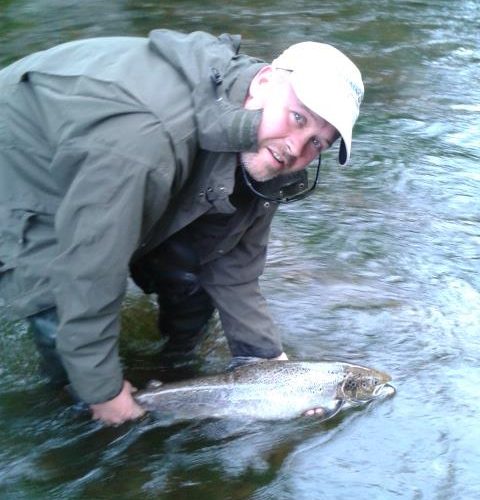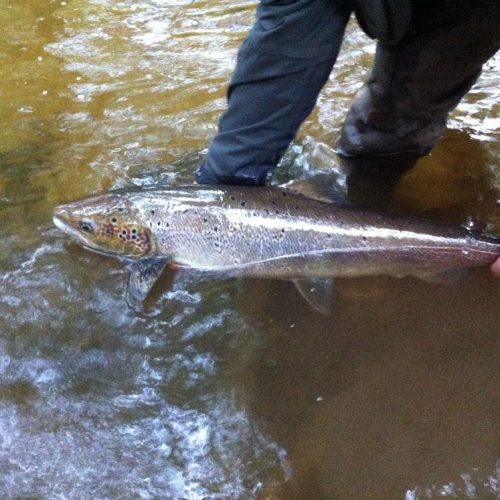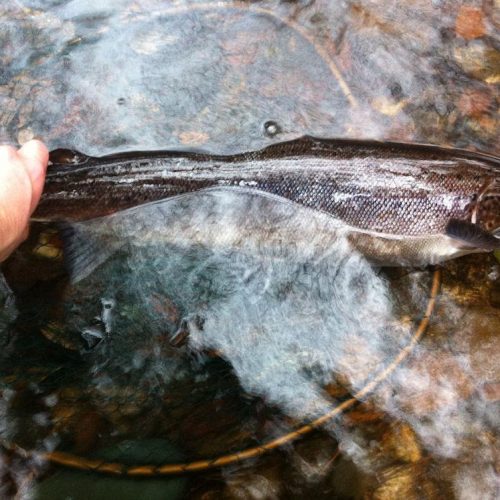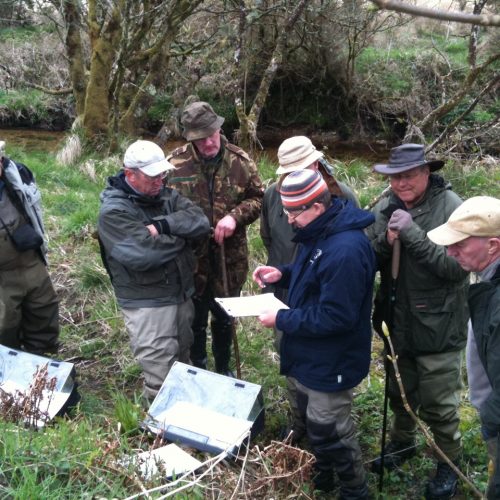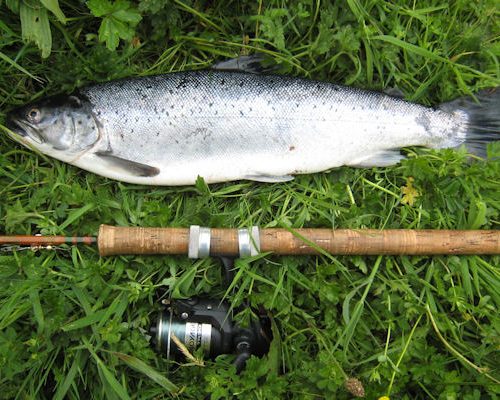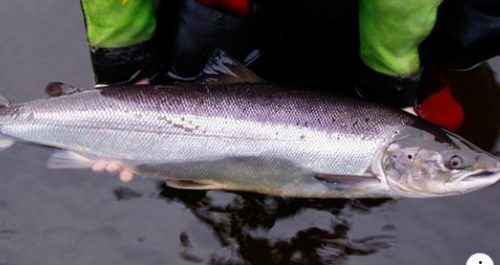We offer excellent salmon and sea trout fishing throughout south-east Cornwall.
Established in 1950 we are the oldest angling club in Cornwall.
We provide both reasonably priced annual membership and visitor tickets.
Browse the latest News on the sidebar or click here
For renewal forms, catch return forms and new member forms – see the news section
The club is limited to just 250 members.
We strongly recommend you renew your membership early to avoid disappointment.
The waiting list is now open for new applicants to apply.
